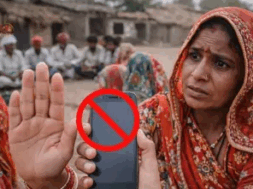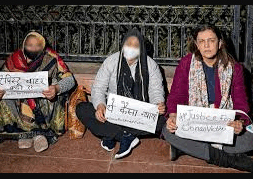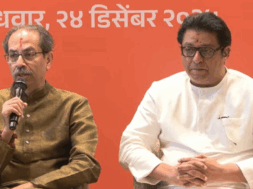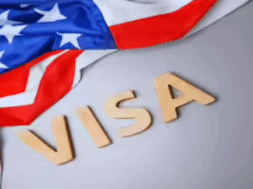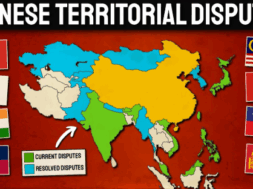Roving Periscope: GTRI junks Trump’s claims, says India no “tariff abuser”
Virendra Pandit
New Delhi: On the eve of Prime Minister Narendra Modi’s scheduled US visit from September 21 to 23—where Donald Trump says he will meet the Indian leader, a “fantastic man”—a top research body has refuted the former President’s claims that India is a “tariff abuser.”
Earlier this week, while campaigning in Michigan for the upcoming US Presidential elections, Trump called India an “abuser” of import tariffs. The Republican candidate had criticized India for its so-called high tariffs several times during his Presidency (2015-19). In October 2020 also, he labeled India the “tariff king.”
However, the Global Trade and Research Initiative (GTRI), an economic think tank, has called this accusation unfair, saying India cannot be called a tariff abuser as its average tariff rate is comparable to other major economies like South Korea and China.
Also, it is not just India that has particularly high tariffs for some items such as alcohol and automobiles. Several other countries, including the US, have peak tariffs on items like dairy, fruits and vegetables clothing, beverages, and tobacco, a paper compiled by GTRI pointed out, the media reported on Friday.
“India has already removed tariffs on most imports from its FTA (free trade agreement) partners like the ASEAN, Japan, and South Korea, showing its openness to free trade. However, despite India’s willingness, the US has been reluctant to reduce tariffs through FTAs. This hesitation is clear in the Indo-Pacific Economic Framework, where no tariff cuts were included, reflecting the US’s cautious approach,” Ajay Srivastava, trade expert and GTRI founder, said.
The highest tariff of Japan is 457 percent, South Korea is 887 percent, the US is 350 percent, in India is 150 percent. “So, India is not alone,” it said.
The US’ peak tariffs include those on dairy products (188 percent), fruits and vegetables (132 percent), coffee, tea, cocoa and spices (53 percent), cereals and food preparations (193 percent), oilseeds, fats and oils (164 percent), beverages and tobacco (150 percent), fish and fish products (35 percent), minerals and metals (187 percent), chemicals (56 percent), textiles (25 percent), clothing (135 percent), rubber, leather and footwear (60 percent), and transport equipment (50 percent), the report pointed out.
While India’s average tariff rate of 17 percent is higher than the US’s 3.3 percent, it is comparable to other major economies like South Korea (13.4 percent) and China (7.5 percent). For industrial products, which make up the majority of India’s imports, the average tariff is lower at 13.5 percent, with the trade-weighted average being just 9 percent.
GTRI said all countries levy high import duties on some products to protect domestic industry. The US should consider an FTA with India to get zero tariff market access, it said.
“While India needs serious tariff reforms, the label of ‘Tariff King’ does not hold up when compared to the tariff practices of the USA and other major economies,” said the report.
India imposes high duties on select products, GTRI said, but Trump’s argument overlooks essential context, making his accusations unfair. “Trump does not talk about average tariffs but singles out products with the highest tariffs charged by India,” it said.
Trump had on January 24, 2019, said that India charges a 150 percent import tariff on US whiskey and wines and a 100-125 percent duty on automobiles, but it is not the only country to do so.
“Many nations protect domestic industries by imposing significant tariffs on certain items. The World Tariff Profiles 2023, published by the WTO, lists the data on the highest tariff charged by countries,” it pointed out. Japan may like to protect its rice farmers, the US tobacco farmers, and India its growing wine industry.
High tariff items do not represent the tariffs at which actual trade happens for most items. “The real issue lies in Trump’s focus on individual high tariffs rather than average or trade-weighted tariffs, which offer a more accurate representation of a country’s trade policy,” it said.

